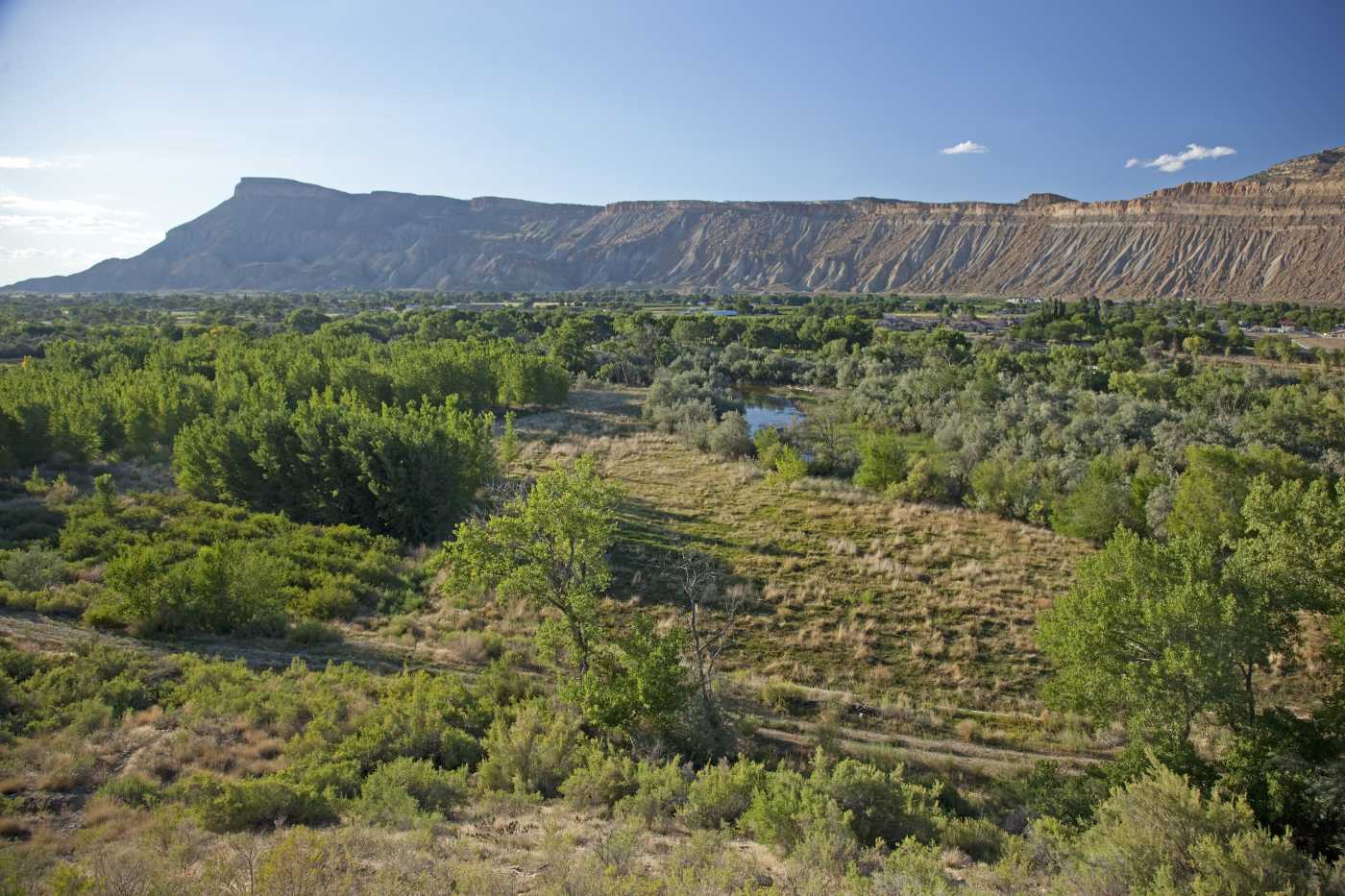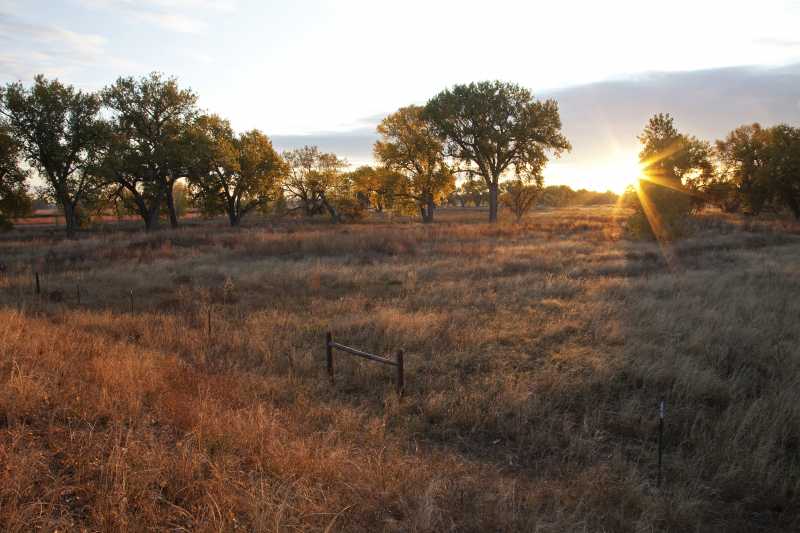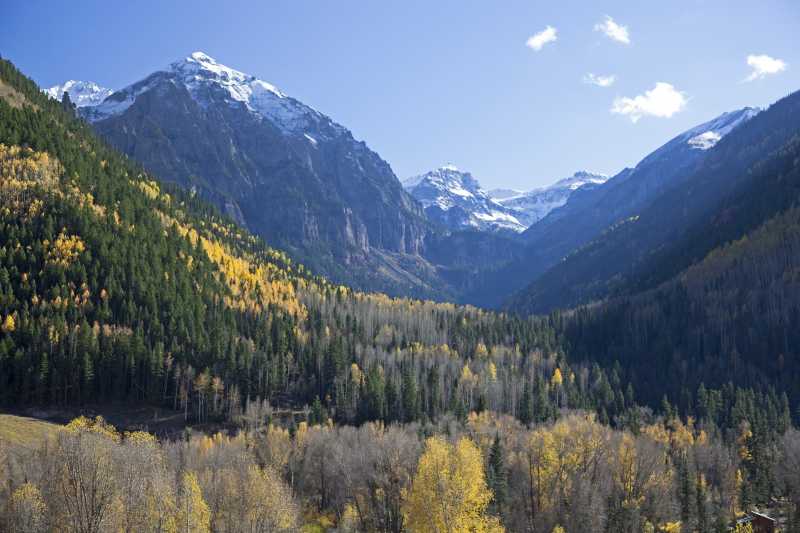Have you ever wondered how land in Colorado gets conserved and what that really means? To conserve something is to protect it—and since protecting land is an important part of what GOCO and many of its partners do—we thought we’d take the opportunity to break down how it (typically) works.

In land conservation work, some properties are purchased outright, in which case ownership changes. These types of purchases are referred to as fee simple or fee title acquisitions. Other properties conserved with funding by our grant programs, however, do not involve a change in ownership; they are protected by a conservation easement held by a nonprofit land trust organization or local government.
What is a conservation easement? It’s a voluntary legal agreement between a landowner and another entity (usually a land trust) that places restrictions on the use of a piece of property. Conservation easements, including those that GOCO funds, restrict those uses forever, permanently conserving the property. Common examples of use restrictions include prohibiting building on the property or preventing mining on the property. That said, landowners retain many of their rights, including the right to use the land (for purposes such as agriculture) and to sell it or pass it on to their heirs.
Conservation easements are beneficial because they protect properties with unique conservation values, like farms and ranches that sustain local food supplies and rural economies, and properties that provide wildlife habitat or migration routes, hold water rights that protect Colorado’s water supply and support outdoor recreation, and provide scenic views that attract tourism and outdoor recreation.

Where does GOCO funding come in? Landowners sell conservation easements, typically donating some of the value, and GOCO funding helps pay for the acquisitions and/or costs associated with those transactions. The value of each conservation easement is determined by a state-certified appraiser. Transaction costs, which are similar to the costs associated with buying a house, vary based on the complexity of the deal. It’s important to note that these transactions are often far more complicated than the average real estate transaction.
The work doesn’t stop once the conservation easement is in place. The land trust holding the easement must monitor the property to ensure the landowner is complying with the terms of the agreement, and it has the right to enforce the promises the landowner made.
In Colorado, landowners can apply for an income tax credit if they donated some or all of the value of the conservation easement placed on their property. Because of this tax credit, and having GOCO as a funding source, Colorado is uniquely positioned to conserve significant acreage of critical land.

To date, GOCO funding has assisted in the protection of more than 1 million acres in all corners of Colorado. We’ve made great progress, but there’s still plenty to be done as our state’s population continues to grow.
Find out more about GOCO’s grant programs for conservation easements >>
Look at a map showing all protected land in Colorado >>
See the impact of GOCO-funded conservation projects in our annual report >>
Watch a video about one of the most significant conservation efforts GOCO has invested in >>
